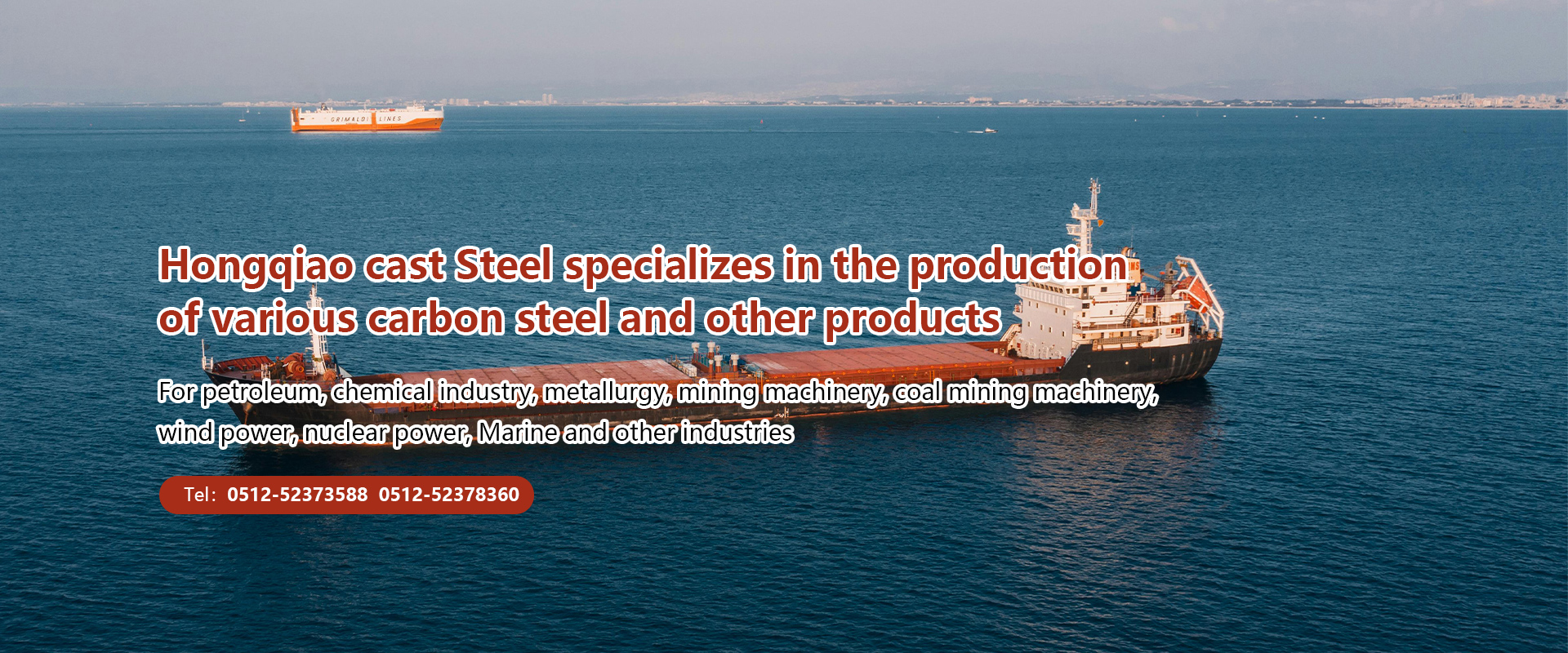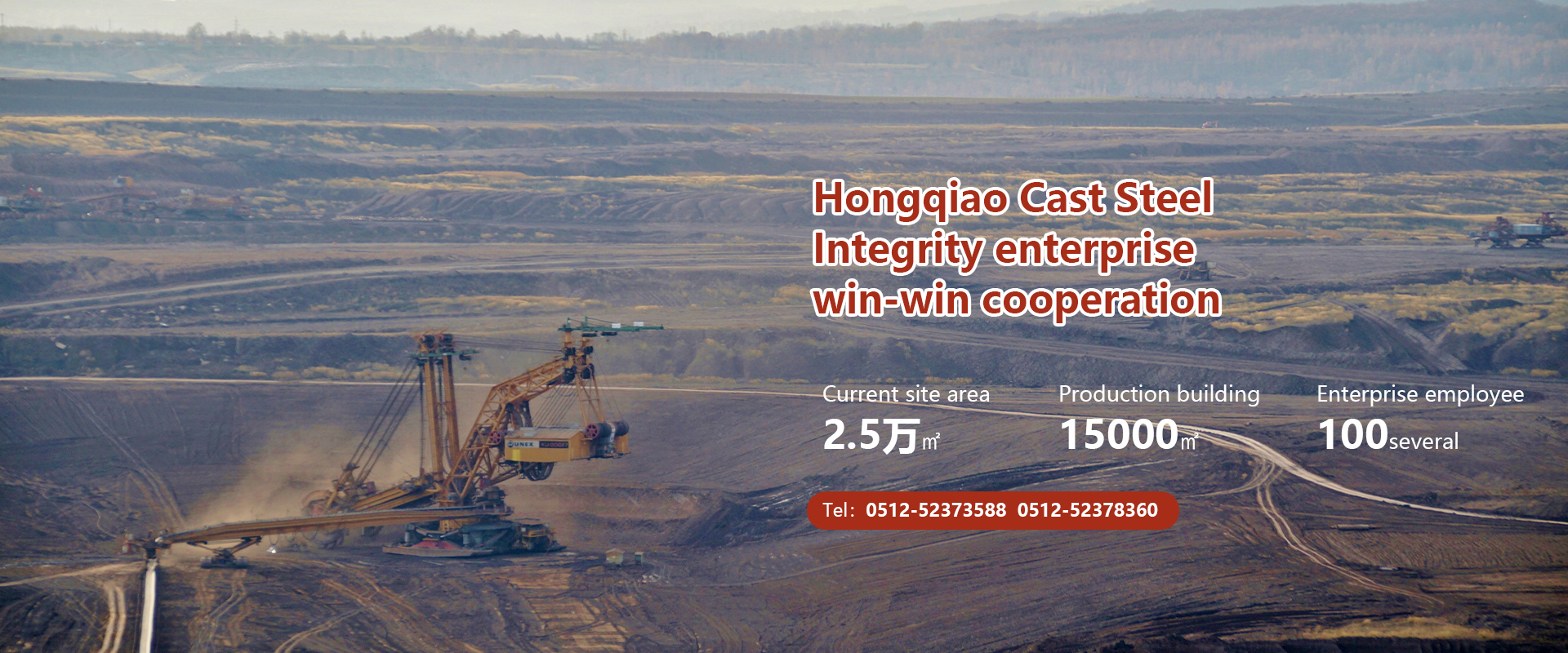If the quenching process of cast steel parts is not handled properly, it may cause defects such as quenching cracks in the cast steel parts, resulting in the unqualified quality of the cast steel parts. Therefore, avoiding the impact of improper quenching on steel castings can significantly improve their performance.
So, first of all, we need to understand the two types of quenching cracks that improper quenching can cause in cast steel parts, in order to better improve the performance of cast steel parts. So, what are the specific quenching cracking phenomena that occur in cast steel parts? Let's learn together:
(1) The indicated temperature of the instrument is lower than the actual temperature of the furnace, causing the actual quenching temperature to be higher, resulting in overheating quenching and cracking of the cast steel parts. All microstructures that undergo overheating quenching cracking contain coarse grains and coarse martensite, and the resulting cracks mainly exist in the form of intergranular structures.
(2) The actual carbon content of cast steel parts is higher than the content specified by the steel grade. If quenched according to the normal process of the original grade, it is equivalent to increasing the quenching temperature of the steel, which can easily cause overheating and grain growth of the cast steel parts, increase the stress during quenching, and may cause quenching cracking.
Changshu Hongqiao Cast Steel Co., Ltd. mainly produces various specifications of carbon steel, high, medium and low alloy steel, stainless steel, heat-resistant steel, high manganese steel, and high chromium cast iron. We provide high-quality customized steel castings for industries such as petroleum, chemical, metallurgical, mining machinery, coal mining machinery, wind power, nuclear power, and marine. We also offer customized steel castings for marine use, ABS marine engineering services, and cast steel for export overseas.





